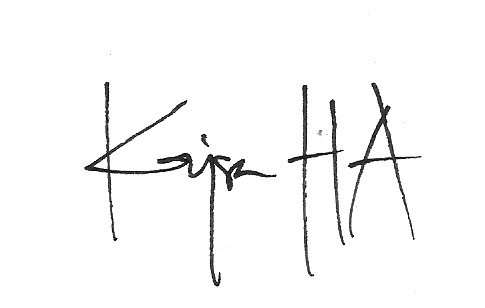>
Here’s a brief report from my workshop outside Accra which involved power point presentations, networking, hotel breakfasts and discussions with NGO’s working with trafficked children. Sometimes, the talks would be so outright practical that it made my eyes tear.
For instance, when we discussed how to make sure the returned formally trafficked children did not starve. Do we give their families money? No, by experience the NGO people knew it will be spent on other things than food for the kids. Do we give the families foodstuffs like bags of rice? No, then food will be given away to others or run out before the kids will get it. Do we give money to the teachers so they can give to the malnourished kids to buy school lunch? No, then the teachers will steal the money!
To really understand what poverty does to people, how vast the problem is, that children really starve and will most likely do so tomorrow too…to understand I guess the discussion was a useful exercise, however, it wasn’t only me around the conference table who felt both discouraged and sad.
Suddenly one man raised his hand and introduced an idea – why don’t we provide each child with a she-goat? The goat can live with the family and is to be return to the project as soon as her baby goats are big enough, and then the she-goat can be lent out again.
Smiles started to show around the room, yes, this could work. Or maybe some chicken, guinea fowls, or sheep? The child could maybe choose their animal of preference? We cheerily named the idea “The Goat Approach”, and I believe that even if it doesn’t materialize it reminded us all that where there is a will, there is a way.
